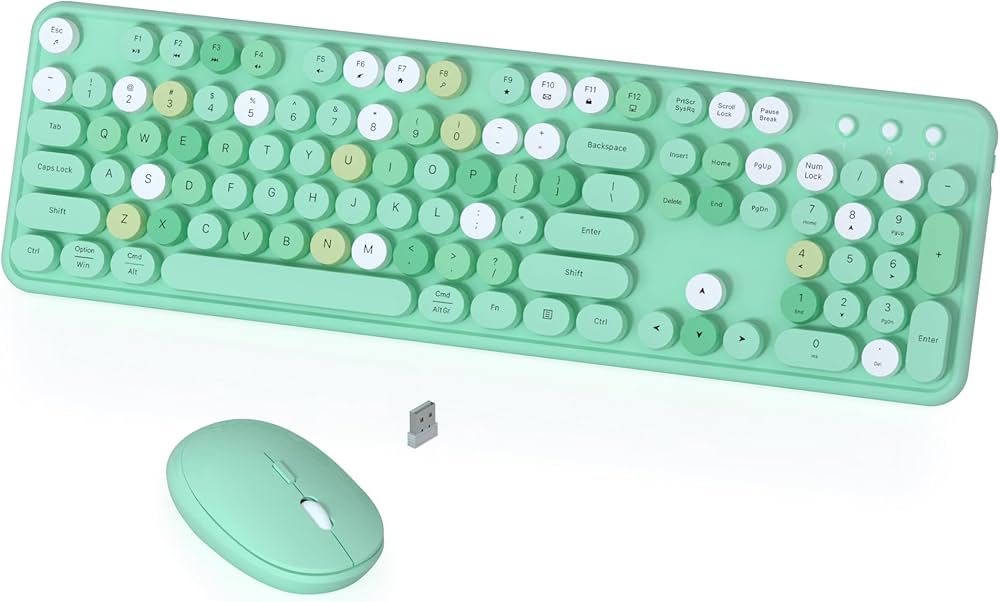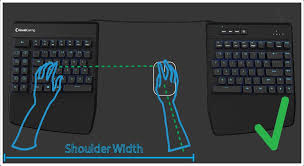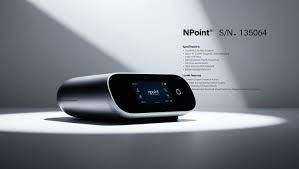Table of Contents
- Introduction to the Coveva Keyboard Instruction Manual
- Basic Features and Functions of Coveva Keyboard Instruction Manual
- Setting Up Your Coveva Keyboard Instruction Manual
- Proper Hand Placement and Posture
- Learning the Basics of Typing Coveva Keyboard Instruction Manual
- Advanced Tips for Speed and Accuracy
- Troubleshooting Common Issues
- Resources for Further Improvement
- Conclusion: Coveva Keyboard Instruction Manual
- FAQs:
Introduction to the Coveva Keyboard Instruction Manual
Step into the new realm of easy typing with your first Coveva keyboard! Typing or not, it is beneficial to learn this powerful tool efficiently.
The Coveva Keyboard Instruction Manual is at your disposal to explain how to use the device to its total capacity.
In this blog post, we’ll cover everything from the installation stage of your keyboard to the advanced usage that will increase its speed and accuracy.
Are you eager to liberate yourself from inhibition and proactively assume control of your typing experience? Let’s get started!
Basic Features and Functions of Coveva Keyboard Instruction Manual

The Coveva Keyboard offers several exciting features for both new and experienced typists.
The most outstanding feature is that the keyboard is ergonomically designed, making it comfortable for long periods.
In addition, users are provided with macro keys that can be used purposely as they wish.
This means some additional buttons or functions speed up the work process.
One more exciting aspect concerns a detachable keyboard that also has a backlight.
This makes it easy to see the keys even under dim light, and the changing volume of the backlight can be helpful in various circumstances.
It can also connect with various devices or hardware, such as a cable or a Bluetooth dongle.
Combining all these functions, the Coveva Keyboard can help you alter your typing experience effectively and conveniently.
Setting Up Your Coveva Keyboard Instruction Manual

Each user will tell them that connecting your Coveva Keyboard Instruction Manual is the first step to smooth engagement with the keyboard.
Properly begin this by unboxing it and ensuring that all components are there.
Once that is over, the keyboard can be connected to your computer.
In the case of a wired one, it is indicated that it should be inserted into one of the USB ports.
If this is a wireless one, FH will have to follow the instructions in the manual to pair it.
In addition, where the keyboard goes also matters. Make sure you place your keyboard on your elbows.
You should also avoid too much obstruction, such as furniture, so you will not accidentally bump or spill things. It would be ideal to keep a clean place with no clutter.
Verify whether any drivers or applications are available to use your computer’s more complex features.
This will increase your experience using advanced tools.
Let us take a breather and then investigate some areas, such as the multimedia functions and the hotkeys provided by your model.
This exploration may unlock new efficiencies in your daily tasks.
Proper Hand Placement and Posture

This position lets the hands stay comfortable while reaching most keys.
A neutral body position is equally essential for comfort and efficiency.
Keep your head as straight as possible and look up.
In this position, the arm is bent so that the elbows form an angle of approximately ninety degrees with the forearms and the rest of the body.
Keeping the ones above the keyboard’s surface rather than directly supporting it is preferable.
The height of a person’s chair also affects posture.
If necessary, feet should always be planted flat on the ground, surface, or footrest.
You should also remember to take breaks; this relieves tension and ensures that your attention does not dwindle even when typing for extended periods.
Learning the Basics of Typing Coveva Keyboard Instruction Manual
Writing correctly and quickly makes a big difference in the digital world.
The keyboard has specific letters starting with the home row: A, S, D, F, G for the left hand and H, J, K, and L for the right.
These serve as the essentials in touch typing.
Understand the positioning of the fingers. Every finger has a place on the keyboard.
This strategy helps reduce excessive moves away from the keyboard and increases swiftness over time.
Try doing this to be more flexible on a computer, and keep doing this no matter how tired your fingers will get.
Allocate only 50 to 15 minutes daily to memorise usable techniques without strain.
One may proceed to speed when each of the above tasks is complete.
The reason for this is simple: if you type accurately, there will be no mistakes that will waste time later on fast tasks.
Remember to stretch and recover in the middle of the practice session. Your hands will usually appreciate it!
Advanced Tips for Speed and Accuracy
Practice is essential in improving your typing speed and accuracy, especially using the Coveva Keyboard Instruction Manual.
One technique is to take typing tests that are available for free on the Internet.
These tools allow one to measure one’s development over time.
Next, consider employing these shortcut keys. It is wise to learn the command that is commonly used to save time when scrolling the menus.
Such efficiency means that the stroke rates will be remarkable.
Furthermore, try your best to minimise any possible errors. Striking keys fast and accurately will create a lasting paradigm.
Adjust your environment to help you perform better.
Ensure there is enough light and reduce the number of distractions present to create a suitable working environment.
While working for long periods, taking breaks to rest the fingers and eyes is appropriate.
This ensures that no one becomes too tired and is thus better equipped to learn for further periods.
Troubleshooting Common Issues
If your Coveva Keyboard Instruction Manual has stopped working, the first thing you should check is its connectivity.
Make sure it is plugged in correctly on your computer, or if it’s a wireless model, make sure Bluetooth is activated.
Some of the keys often get stuck or need help to press.
A quick clean can help. Use your fingers to clear dirt, then wipe the area with a soft cloth.
A key mapping issue is also a common problem.
Sometimes, some keys do not work as you would expect.
In such cases, you may have to troubleshoot the keyboard settings on your computer or update the drivers as the last option.
If you are having trouble with your typing speed and there are delays, ensure no substantial programs run in the background that can occupy system resources.
Shutting down programs that are not being used might increase efficiency.
There is no reason why you should not use the manual.
The Coveva Keyboard Instruction Manual was moved to offer resolution to some troubleshooting as directed, and it is best if the manual accompanies it.
Resources for Further Improvement
You should sign up for a typing course to practice your keyboarding.
Typing.com and Keybr have level-wise in-built lessons for students.
And one more thing, YouTube, too, can help with that. Look for a channel about regularly typing and about working with wrists.
It is often easier to understand things with pictures rather than just text.
Typing communities often offer additional encouragement when needed.
Sharing your progress with others with similar goals is healthy and encourages you to try different things.
Books are also ideal for people who like to learn the old-fashioned way.
Find some books about touch typing practice and strain on ergonomics; these include several drills for you to do at home.
Don’t forget about mobile applications that aim to enhance your speed and accuracy.
These applications make learning new concepts easier by incorporating practice sessions into your day.
Conclusion: Coveva Keyboard Instruction Manual
The Coveva Keyboard can improve how you type by making it less tiresome and faster.
As you learn its parts and purposes, you will also know how to position your keyboard and utilise its functionality.
Remember to place your hands correctly and sit appropriately for better health.
During the first typing lessons, students should also use all the actions to help them type faster and more accurately.
If problems arise, basic troubleshooting techniques for everyday problems are assumed to be employed to avert resource wastage and stress.
Otherwise, take advantage of other resources as you keep trying to improve.
It should be noted that learning to use the Coveva Keyboard is like a journey that must be accomplished step by step, one Key at a time.
They provide opportunities that should be taken up and commitment shown in executing the assignments. In due time, indeed, improvement will be seen!
FAQs:
What information does the Coveva Keyboard Instruction Manual provide?
It offers guidance on setup, features, and advanced usage of the Coveva keyboard.
Does the Coveva Keyboard Instruction Manual include troubleshooting tips?
Yes, it solves common issues like connectivity problems and critical malfunctions.
How can the Coveva Keyboard Instruction Manual improve my typing skills?
It offers techniques for proper hand placement and exercises to increase speed and accuracy.










